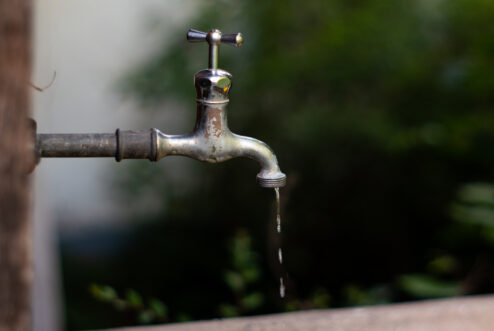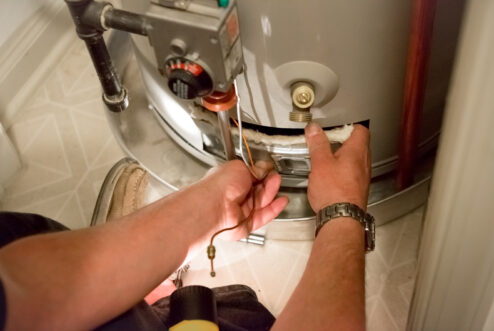You have been using your furnace for quite some time when, on one unfortunate day, it suddenly stops working. For many, panic begins to creep in, as the home slowly gets chillier. Of course, there is the option of repairing your unit; however, there comes a point in time when it is no longer financially prudent to limp an aging system along.
Since replacing your furnace can be quite an investment, there are several things to consider so that you can rest assured that you’re getting the best unit for your budget and comfort requirements.
What type do I need?
The first and most important thing that you will need to consider is the type of furnace that you need to install. There is a great amount of variety in the marketplace today, most of which weren’t there when you first installed your old one.
For residential use, the most common furnace is powered by natural gas, and can range anywhere from $2,500 to $14,000. The installation costs can range from $2,000 to $8,000. Of course, the costs can rise if more duct work needs to be installed.
There is also an option to install an electric system, which blows warm air through small registers located around the border of each room. The cost of installation for this averages between $1,000 and $2,000, although this type isn’t recommended for heating large spaces because of its high energy costs.
Lastly, homeowners can now opt for a heat pump, which pulls in warmth from the air using refrigerant coils. The cost of air-source heat pumps is $1,500 to $1,700. Ground-source heat pumps, on the other hand, may cost $7,000 to $25,000. These can be used to heat your home in the winter and cool your home in the summer.
The efficiency of the furnace
A gas furnace comes with a host of choices that can affect their pricing. The first thing to consider is the heat output, which is measured in British Thermal Units (BTUs). A 60,000 BTU furnace can serve an average home. Of course, there are some that have higher BTU ratings; however, these aren’t recommended for smaller homes, because they are costly and hit ideal temperatures really quickly before shutting off.
Another factor to observe is efficiency. Older models were often rated as 80 percent efficient or less, which means that 20 percent of the heat generated was lost and considered waste. Most of the newer models, however, have a 90 percent rating or better, with some in the 94 to 95 percent range. This small rise in efficiency translates to a significant decrease in utility costs.
You will also need to determine how effectively a gas furnace can heat your home, which is determined by “staging.” Older furnaces were one-stage, which meant that they always ran on full power. Newer units, on the other hand, are two-stage, which are capable of operating at 65 percent efficiency when they are starting up to conserve fuel, and then romp up to 95 percent when needed. There are three-stage models, too, which operate anywhere from 33 to 90 percent power in 1 percent increments. Three-stage furnaces are typically more expensive, though.
Labor costs
When you want to install a new furnace, you also need to consider the labor costs that will be incurred. There is not a fixed price, and installation costs may run high if there is a need for duct modification or repair work. So, be sure to talk to your comfort specialist beforehand to inquire about total cost.
In addition, there are two warranties that govern installation and function. The manufacturer’s warranty, to start, protects against defects in the equipment itself, such as inoperable fans and pilot lights that won’t stay lit. The second one is the contractors’ warranty, which covers the labor involved to make repairs if it doesn’t work properly; this warranty is usually valid for a period of five to 10 years. In some cases, contractors may charge more to extend warranties.
Of course, you should make sure that you get any warranty in writing and ascertain what they specifically cover, for how long and what the contractor will do to fix the problem. The cost of installation varies significantly, but you can avoid spending a great amount of money if you do some digging of your own.
Schedule Furnace Replacement & Installation
At Timo’s, we know that you have many choices when it comes to your home’s climate control systems. That’s why, as a Palm Springs HVAC leader, we’ve made it our goal to provide superior service and competitive pricing.
To learn more about our furnace replacement and installation services, dial 760-475-9542 now, or fill out our online form to request a new equipment estimate.


